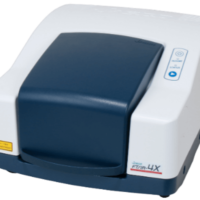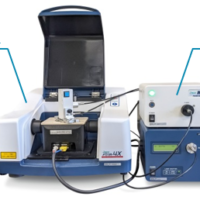Introduction
Insulating paper is used in coil of electric transformer. Furfural is generated by deterioration of the paper. Measuring the amount of furfural allows to estimate the aged deterioration of electric transformer. So, this measurement is essential to maintain the product reliability.
In this article, measurements of furfural dissolved in transformer oil is performed with HPLC. Besides, two methods, solvent extraction method and solid-phase extraction method with silica gel, are applied as a pre-treatment method.
Experimental
Column: Unifinepak C18 (4.6 mmID x 150 mmL, 5 µm)
Eluent : Water/Acetonitrile (85/15)
Flow rate: 1.0 mL/min
Column temp.: 40 ̊C
Wavelength: 278 nm
Injection volume: 10 µL
Standard Sample: Furfural

Figure 1. Furfural
Keywords
Electric transformer, insulating paper, HPLC, furfural, transformer oil, C18, UV detector
Results
Figure 2 shows the chromatogram of standard furfural. Figure 3 shows the correlation between the area value and the concentration.
As shown in the figure, correlation coefficient keeps better linearity, r = 0.9999, in the concentration range from 0.1 to 50 µg/mL.
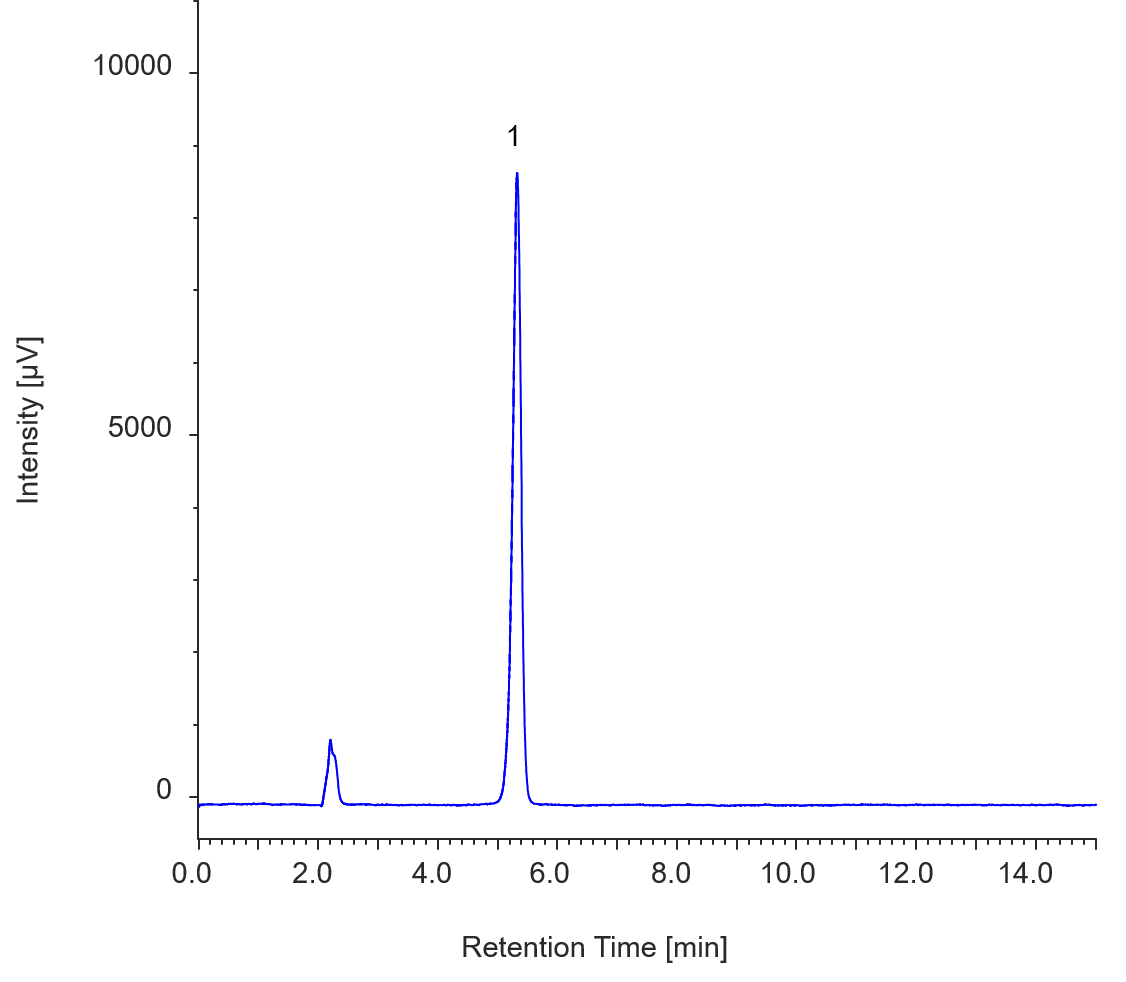
Figure 2. Chromatogram of 1 µg/mL standard furfural (1. Furfural)
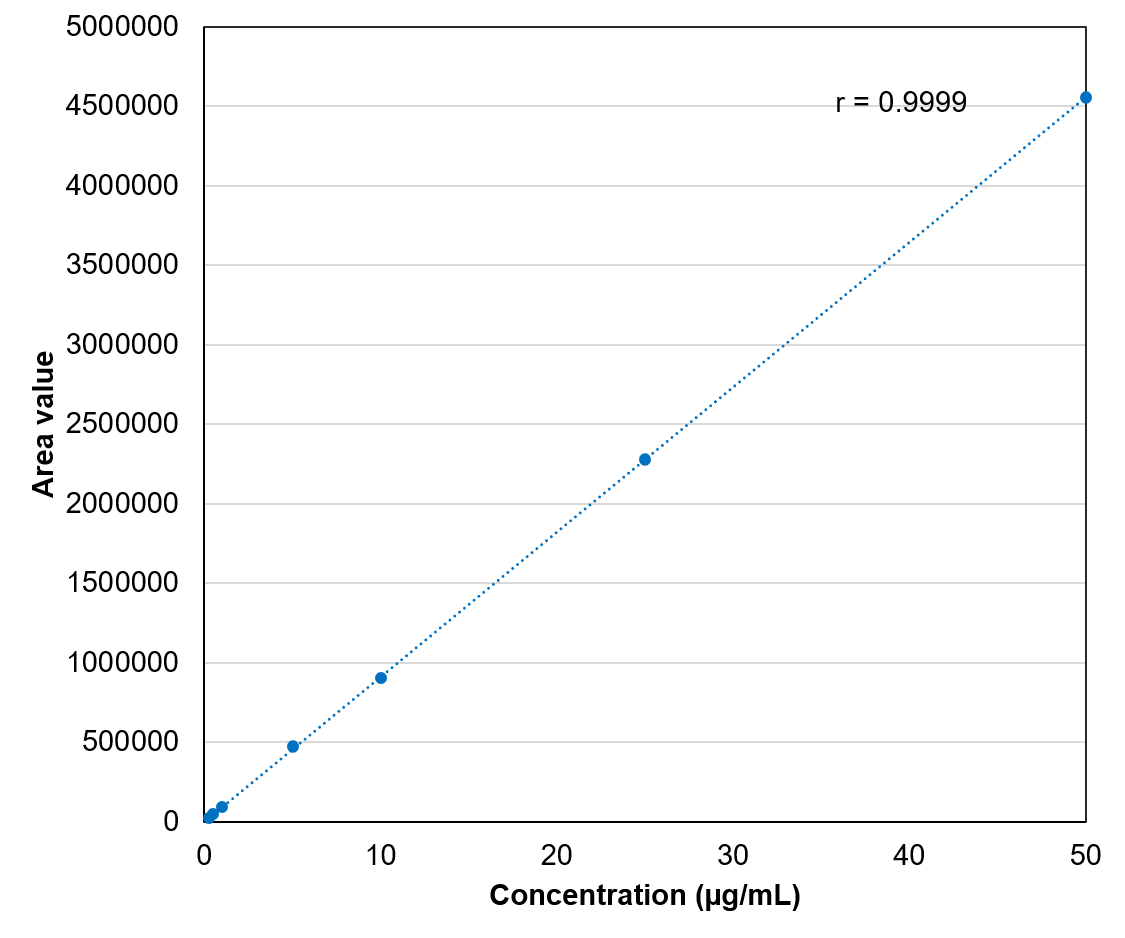
Figure 3. Correlation between area value and concentration of standard furfural
Furfural was not detected in the transformer oil. So the sample which was created by adding standard furfural to the transformer oil adjusted to 1µg/mL was prepared.
Figure 4 shows the chromatograms of the extract obtained through solvent extraction of the transformer oil and the adjusted oil. And table 1 shows the collection rate of repeatability at five times experiments.
The collection rate is calculated based on standard 1µg/mL measurement as 100%. Using solvent extraction method provides ave. 86.0%.
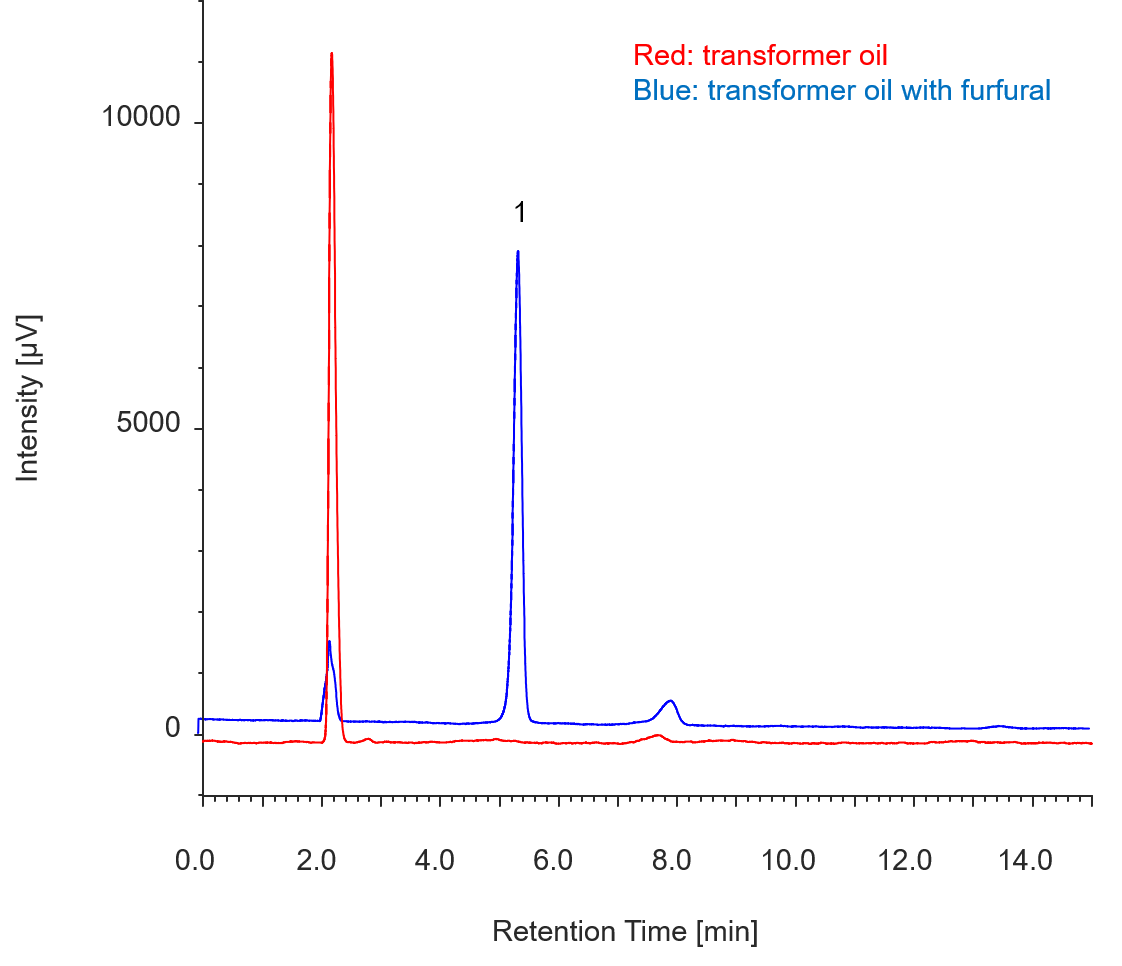
Figure 4. Chromatograms at solvent extraction from transformer oil (1. Furfural)
<Procedure of solvent extraction method>
1) 2 mL sample + 2 mL acetonitrile
2) Shake in 5 min
3) Centrifugal separation 3000 rpm, 3 min
4) Obtain the clear supernatant liquid and insert it to the injector.
Table 1. Collection rate by solvent extraction method
| n | Collection rate (%) |
| 1 | 85.95 |
| 2 | 86.50 |
| 3 | 86.17 |
| 4 | 85.33 |
| 5 | 86.11 |
| Ave. | 86.01 |
| CV% | 0.50 |
Figure 5 shows the chromatograms of the extract obtained through solid extraction of the transformer oil and the adjusted oil. And table 2 shows the collection rate of repeatability at five times experiments. Using solid extraction method provides ave. 95.4%. In addition, silica gel cartridge, BOND ELUT SI 3CC, was used in the solid extraction. The post-treatment sample was doubling diluted compared with solvent extraction method, due to the procedure difference between the methods.
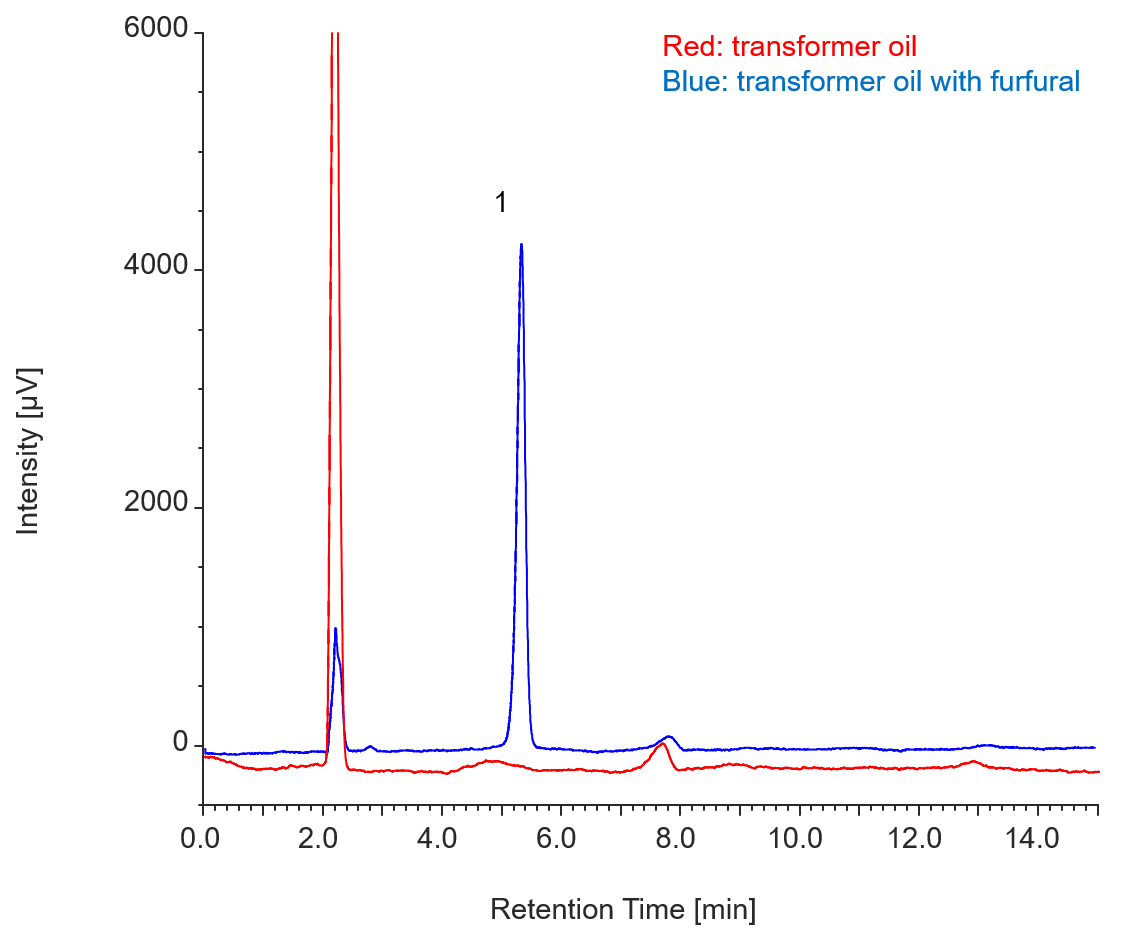
Figure 5. Chromatograms at solid extraction from transformer oil (1. Furfural)
<Procedure of solid extraction method>
1) Condition the solid extraction cartridge by 5 mL hexane
2) Insert solution mixed with 1 mL sample and 4 mL hexane to the cartridge
3) Wash the cartridge by 5 mL hexane
4) Decompress to dryness
5) Elute the target sample using acetonitrile
6) Adjusted the solution to 2 mL and insert it into injector
Table 2. Collection rate by solid extraction method
| n | Collection rate (%) |
| 1 | 94.78 |
| 2 | 94.98 |
| 3 | 97.09 |
| 4 | 94.88 |
| 5 | 95.30 |
| Ave. | 95.41 |
| CV% | 1.01 |

